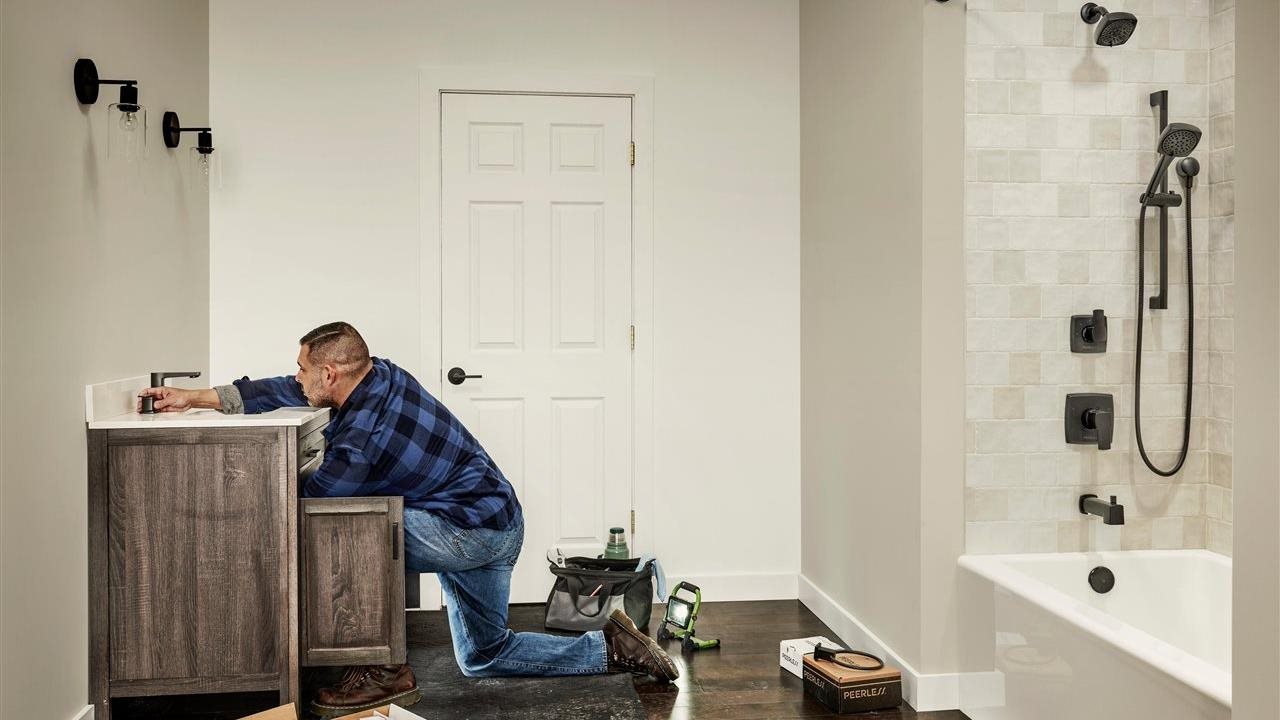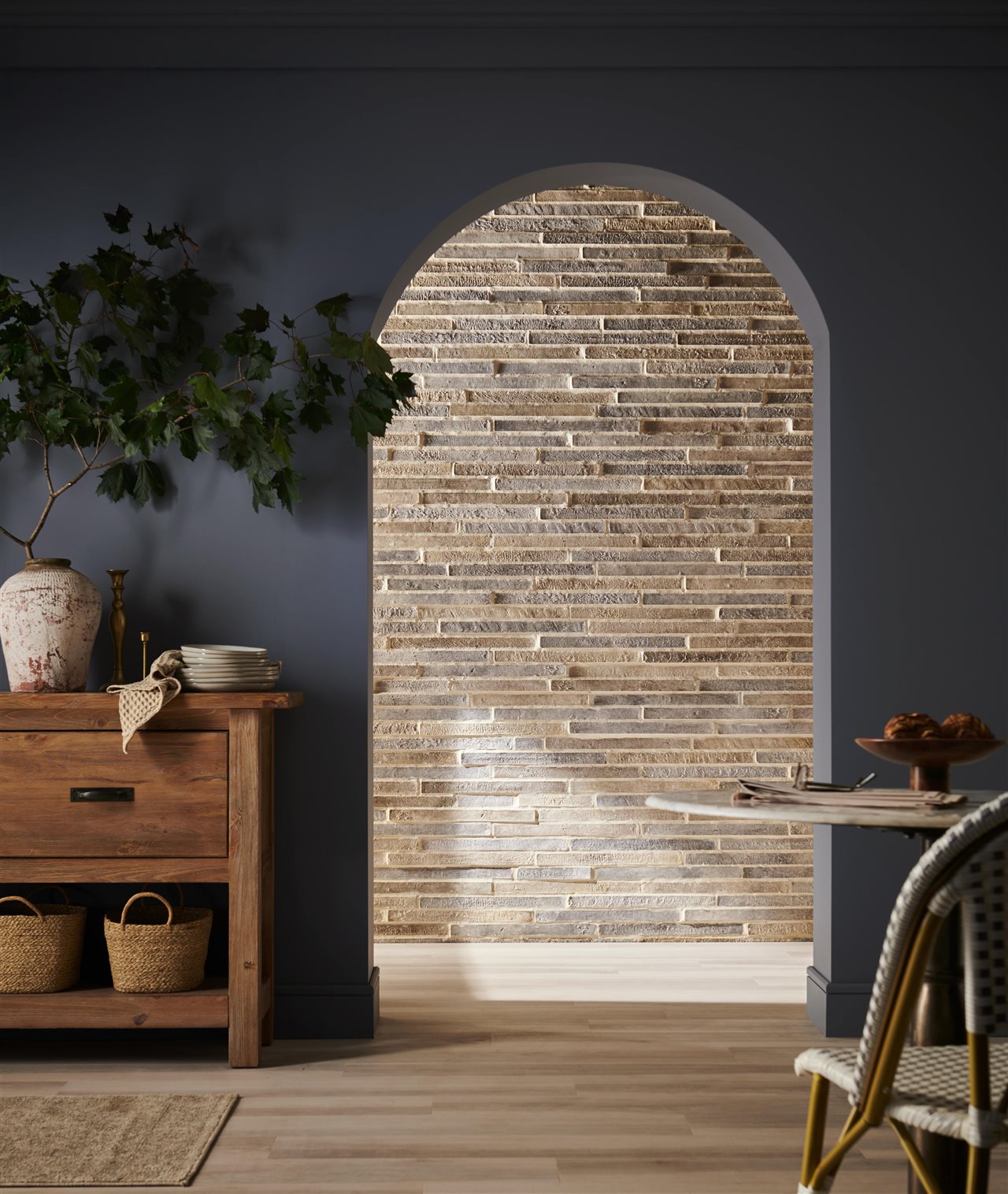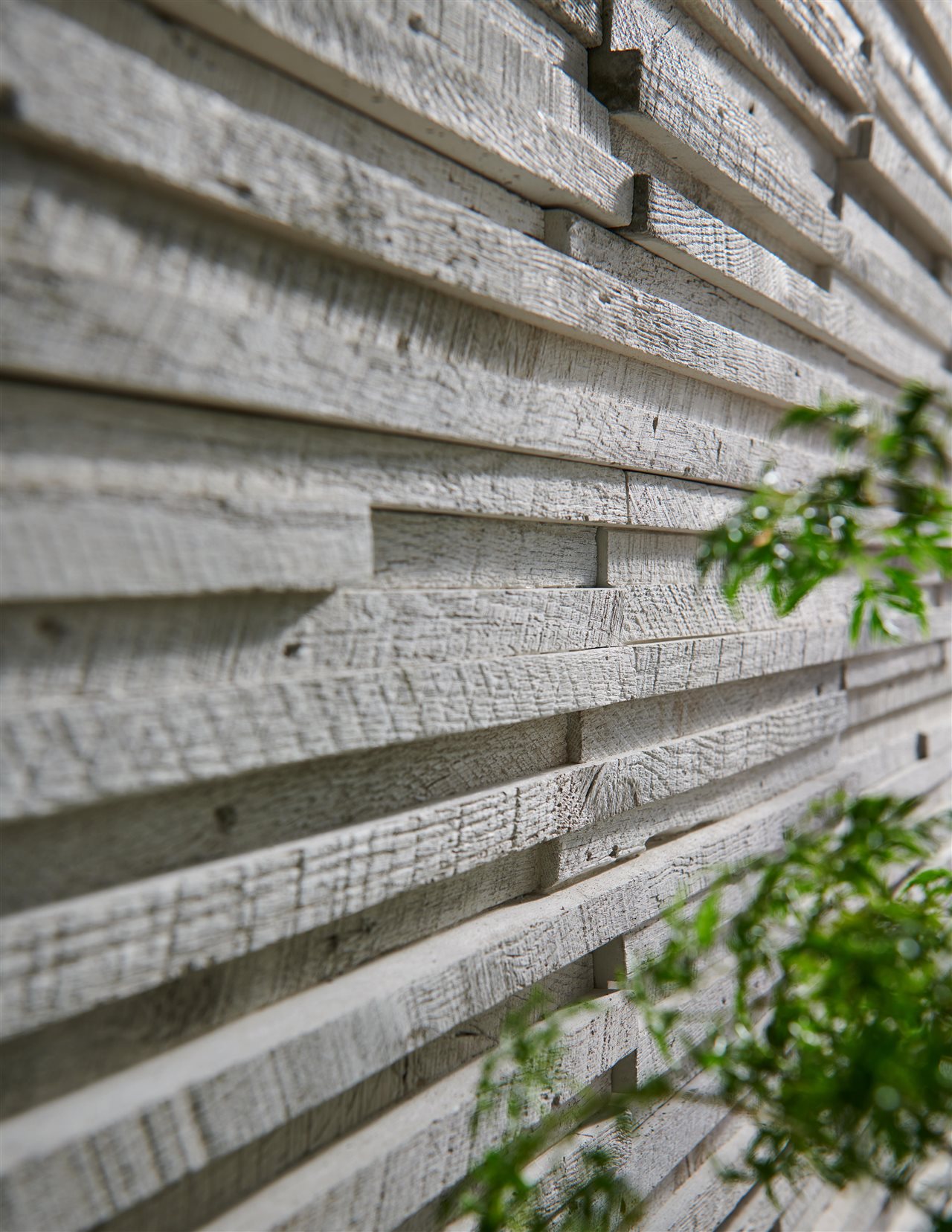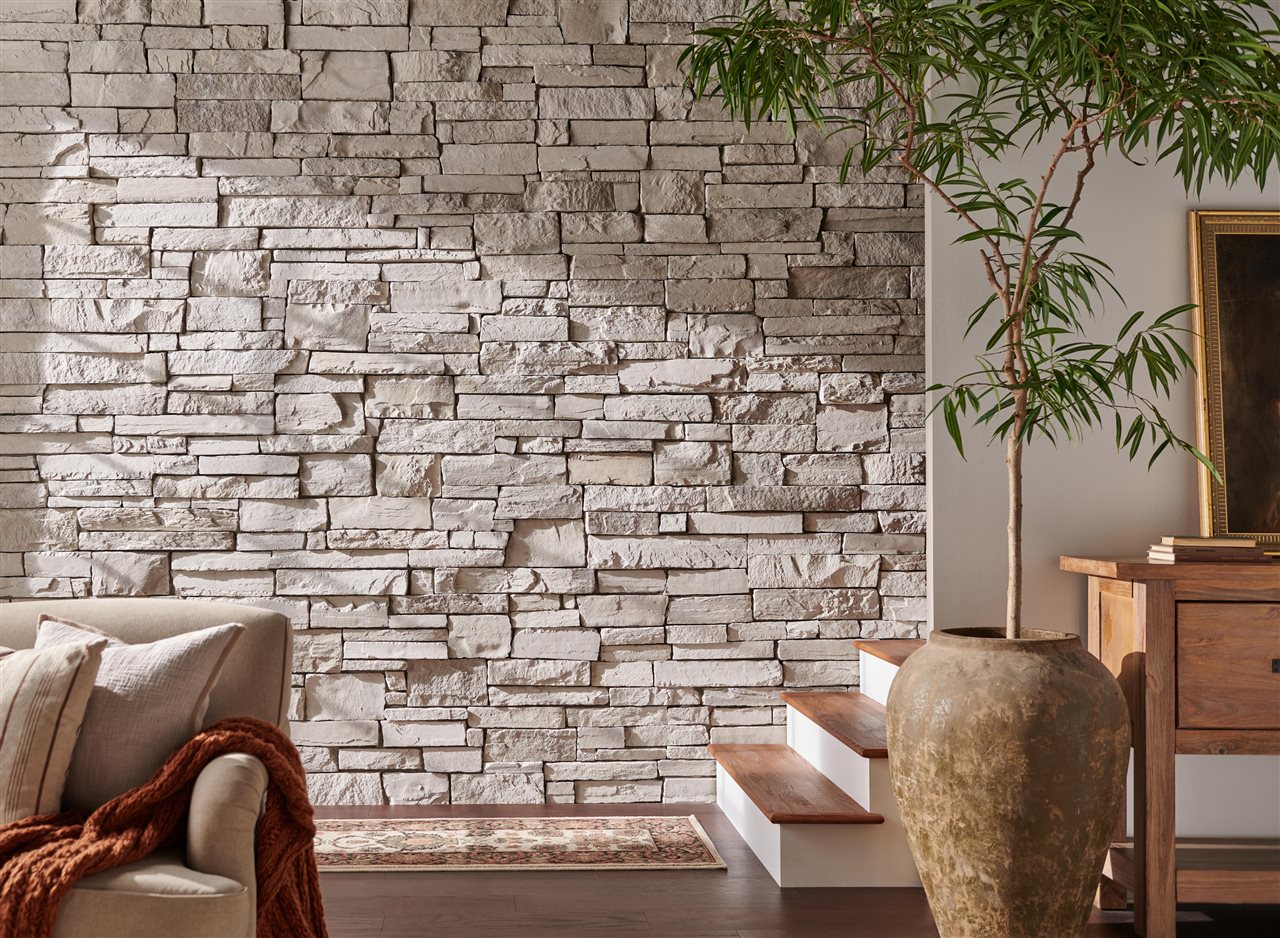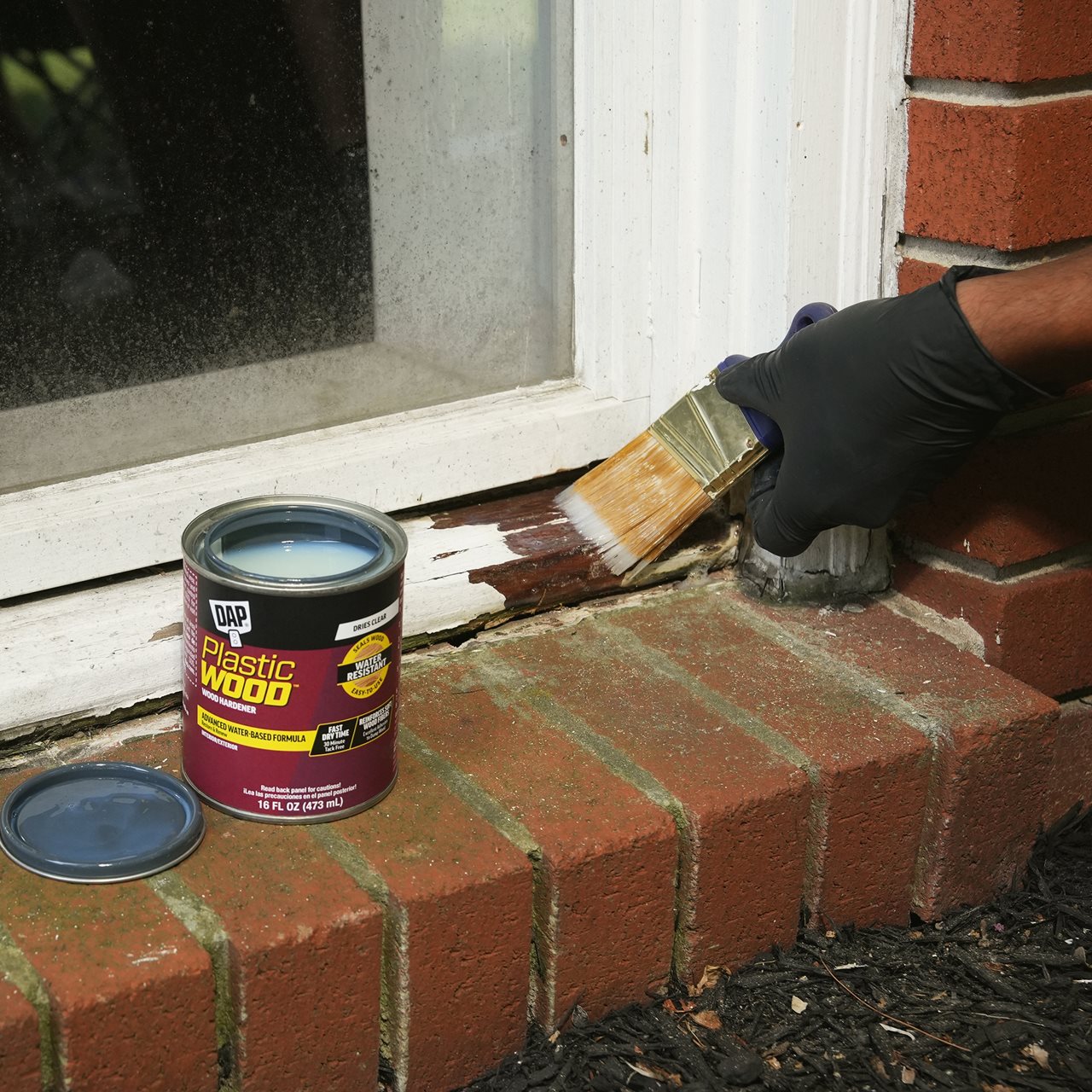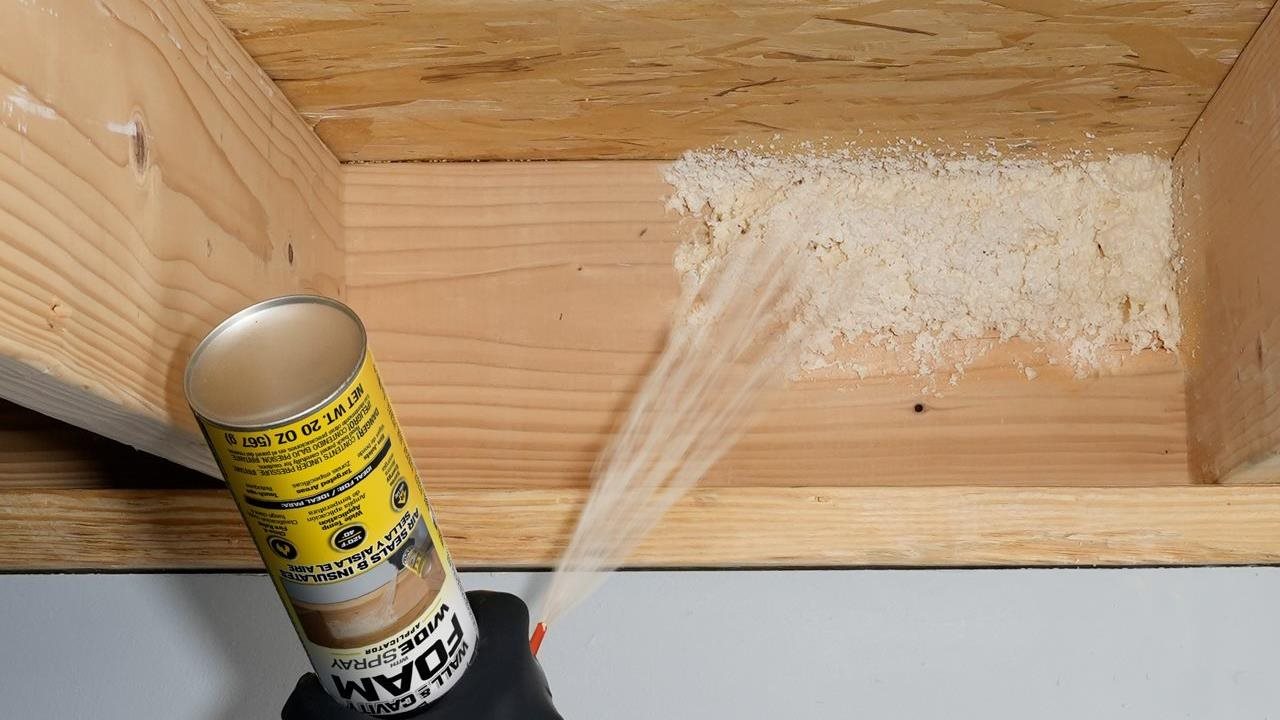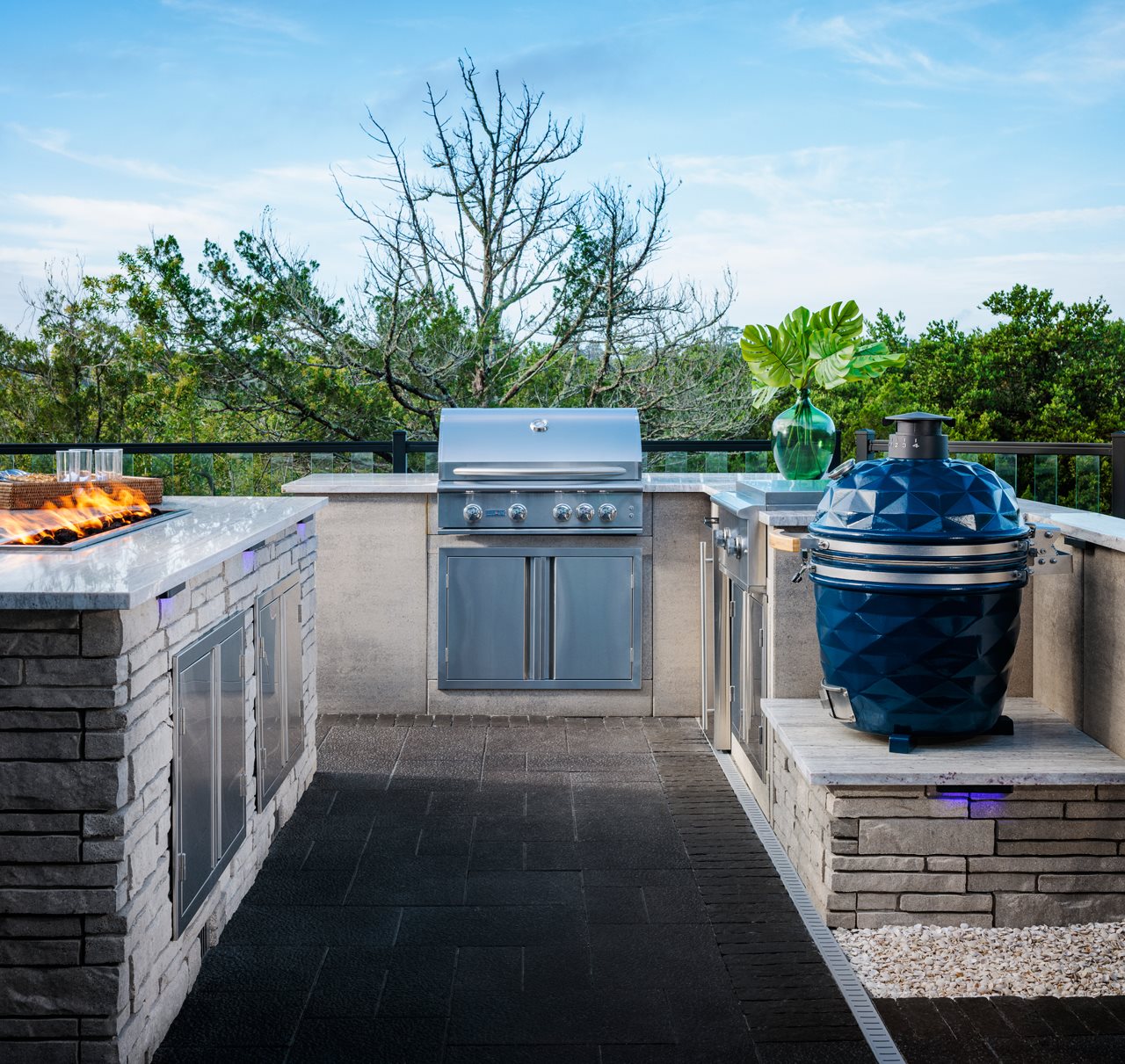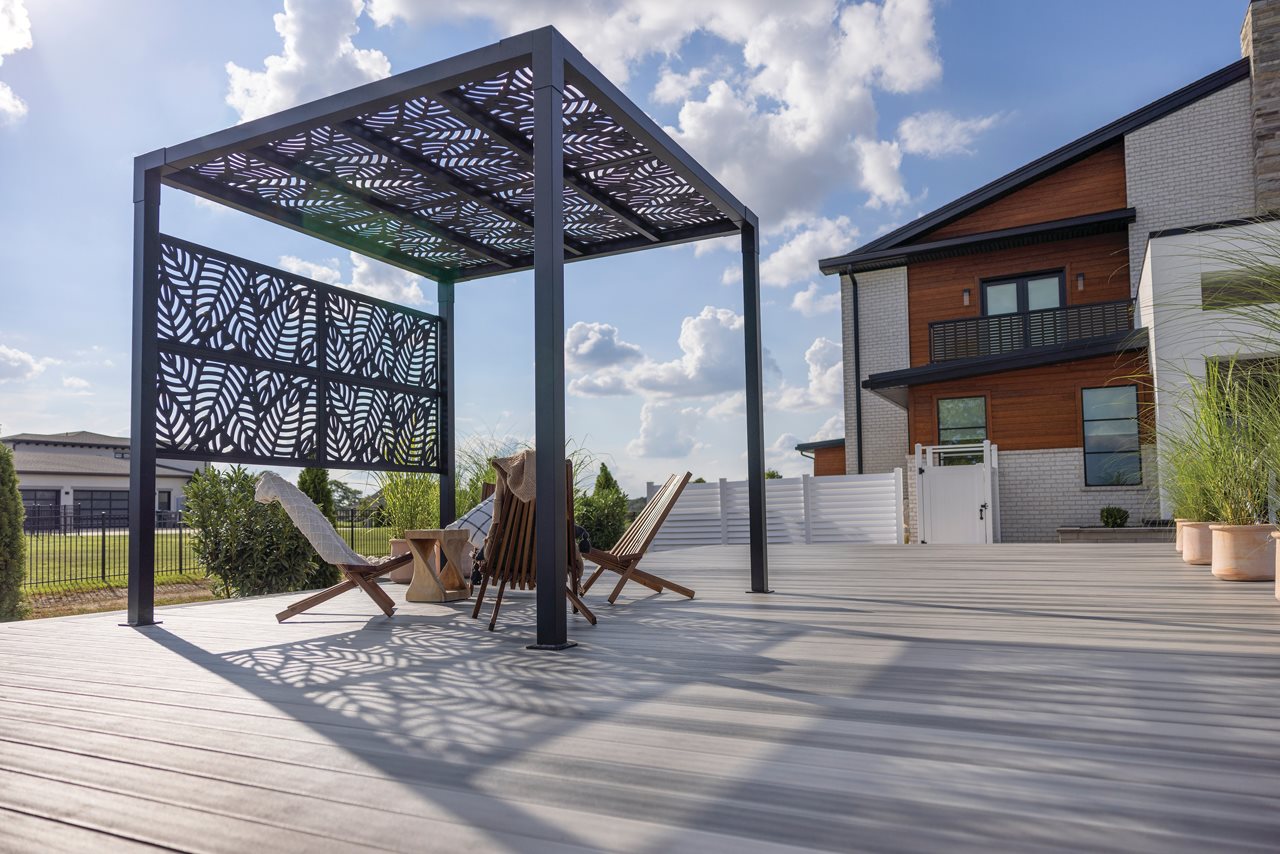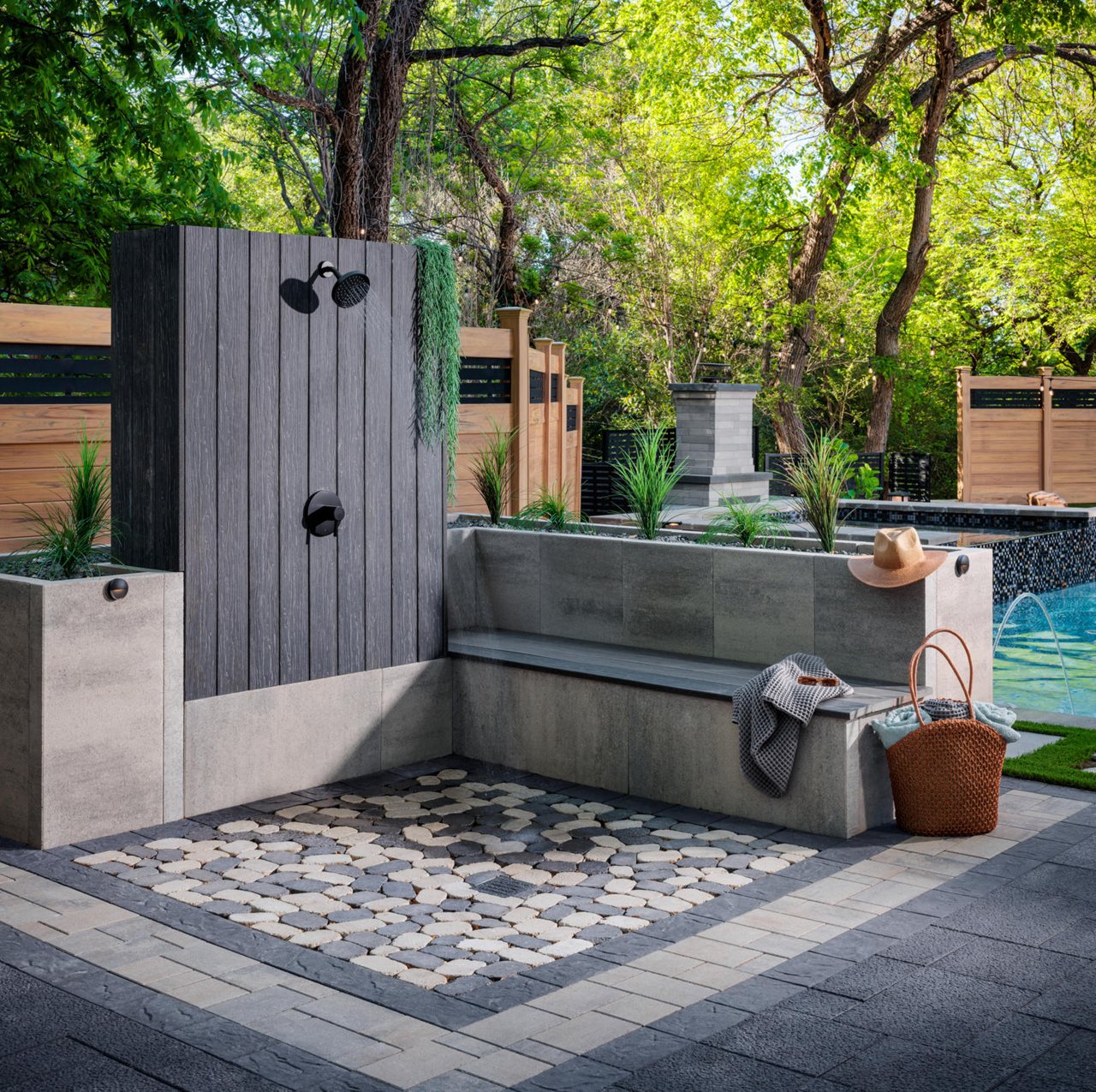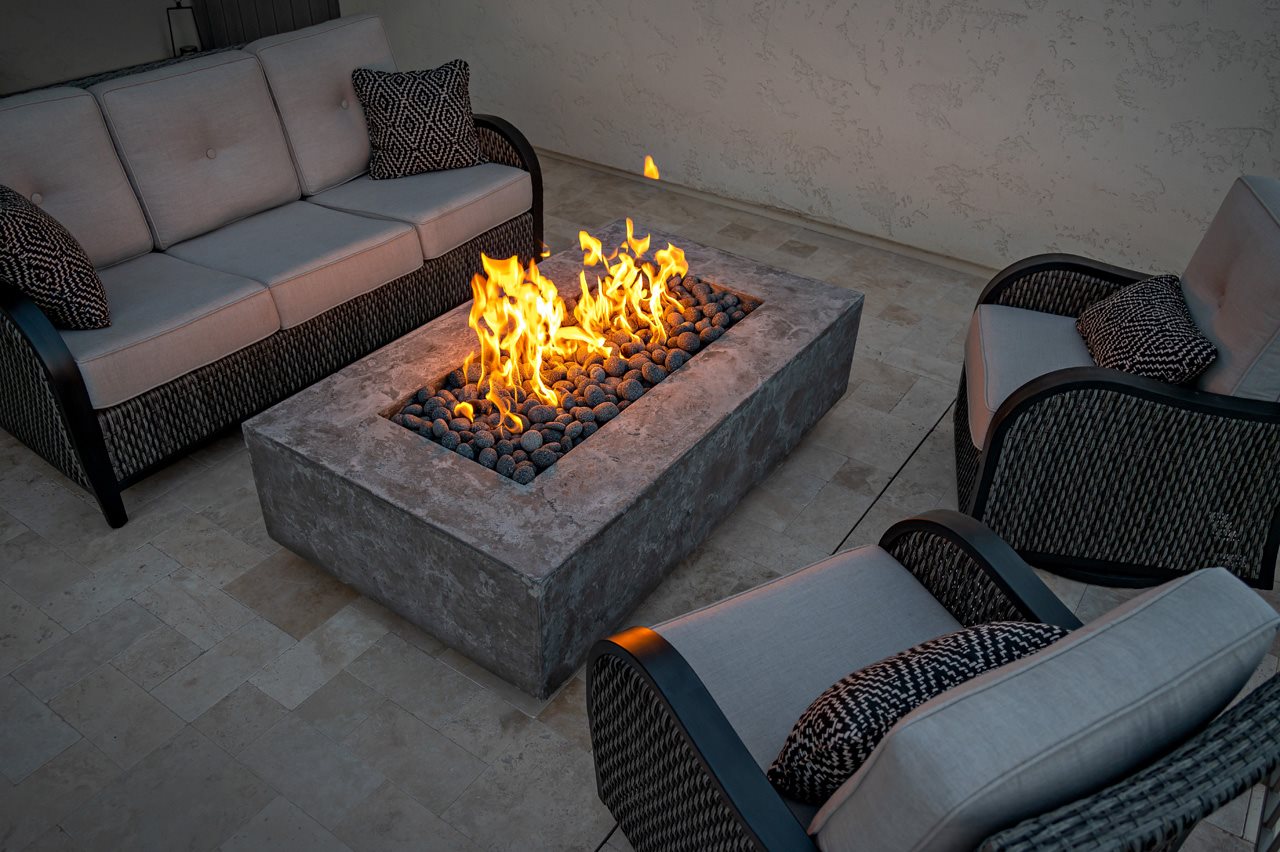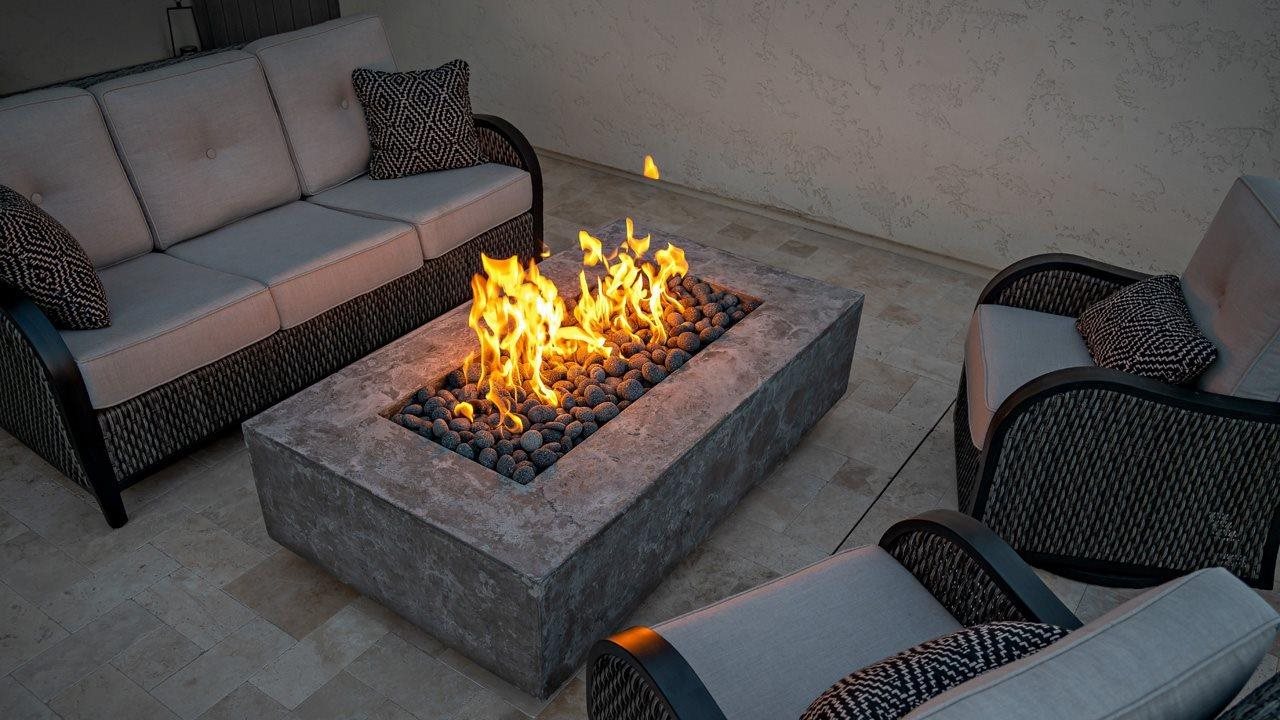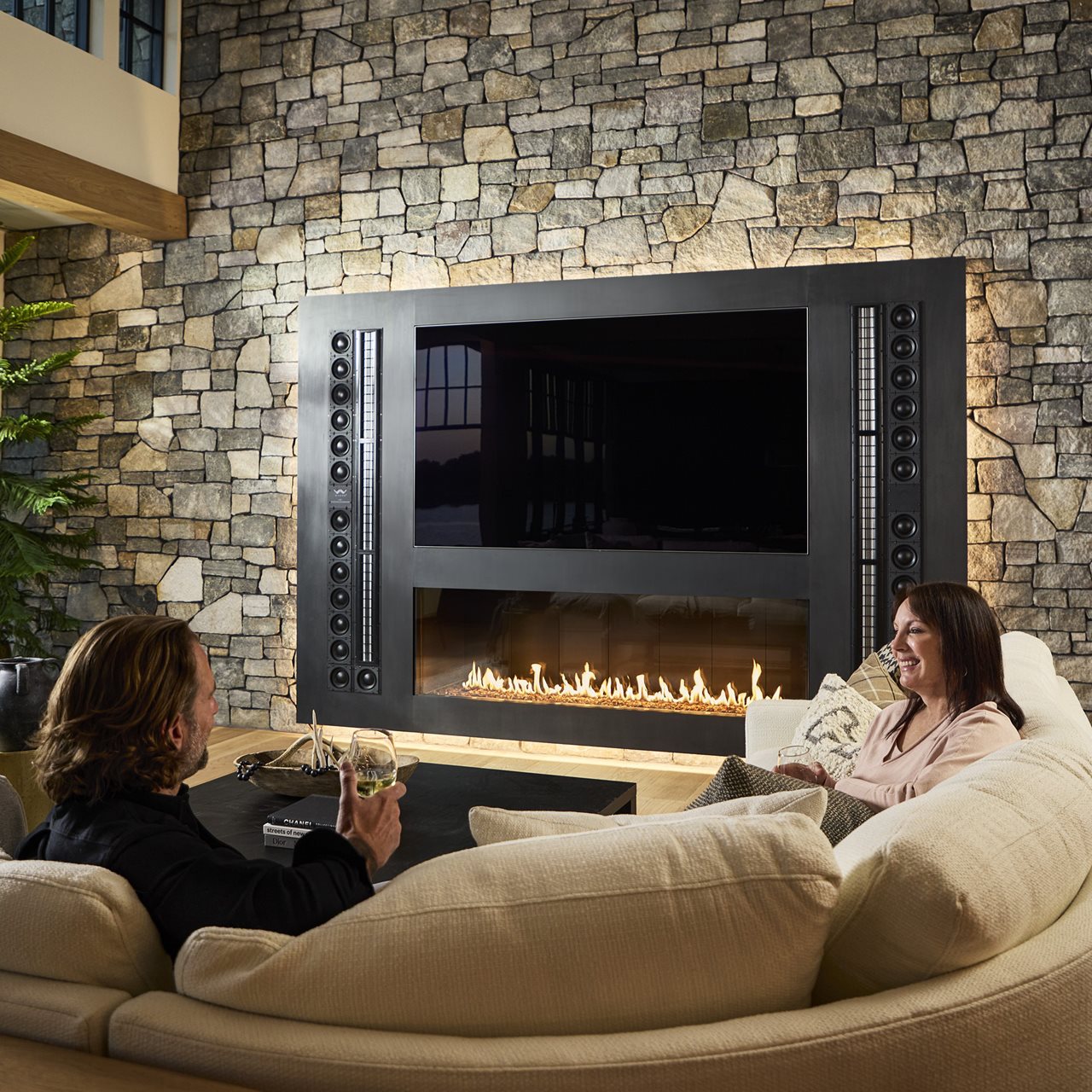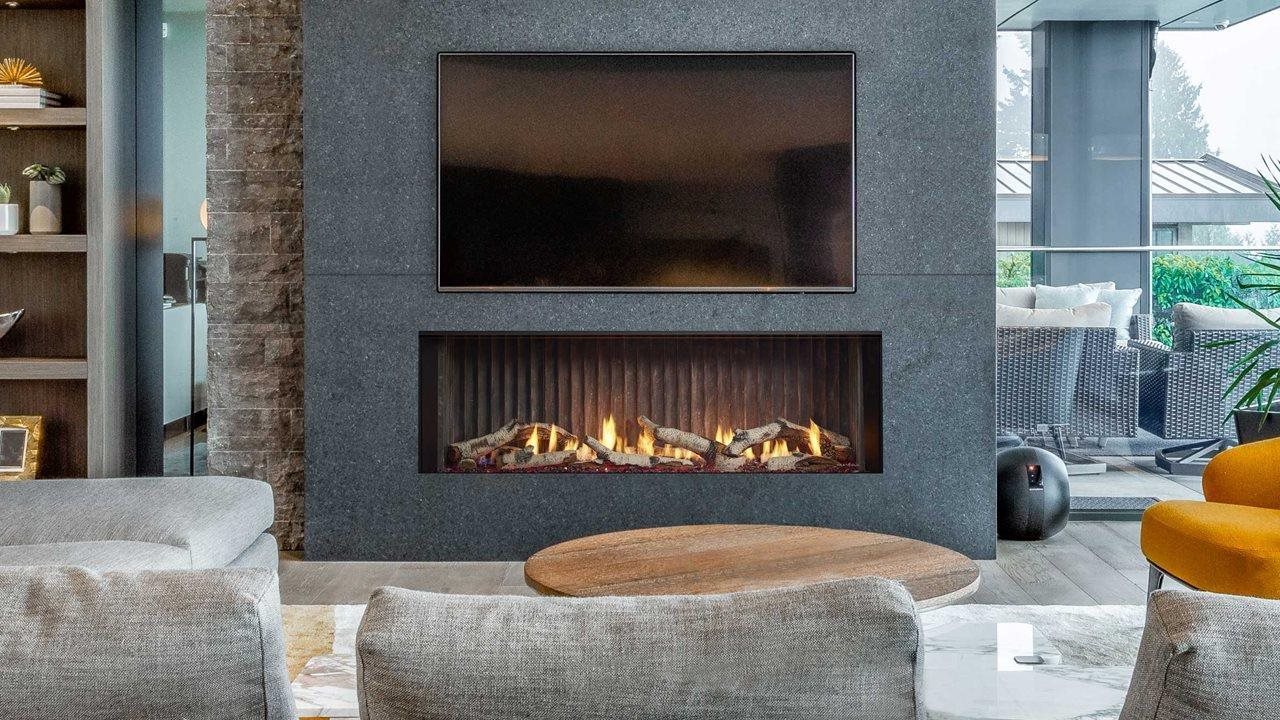2024-11-18T07:01:00
(BPT) – With multifamily construction projects reaching as high as $700 per square foot this year, effective cost planning is essential for any build. Identifying affordable, yet functional products and services across kitchen and bath spaces is an effective way for contractors to reduce excess spending. Other factors to consider when developing a multifamily build are high-quality materials and reliable warranty programs. See below for helpful tips and solutions contractors and professionals alike can take into action when embarking on a new project.
Quality and Durability
Selecting quality materials will set up contractors for success in their next project. Quality can dictate overall durability, longevity and in general, less maintenance. Lower quality materials can depreciate at a faster pace and oftentimes require more repairs. Decreasing duplicative spending over a material’s life will ultimately create savings that can be leveraged elsewhere.
A cost-effective material contractors often rely on for construction projects is stainless steel. This material is highly valued for its strength and durability, corrosion resistance, minimal maintenance and aesthetic appeal, making it a reliable choice for commercial-type projects. In multifamily units, stainless steel could be used for interior design and aesthetic features like in railings and handrails, elevator doors and cabins, and even fixtures.
Ceramics are another highly durable material often used in construction due to their reliable properties. This is a refractory material, meaning it’s strong enough to withstand high pressures and most chemical compounds, hence why they’re commonly used in places where materials need to retain their integrity, like in the bathroom. Ceramics are great in the bath because they have a low coefficient of thermal expansion, meaning they don’t expand or contract much with temperature changes. This makes them stable and reduces the risk of cracking in these types of environments.
A seamless way to incorporate ceramics in multifamily projects is in fixtures within the bathroom. Ceramic valves are almost leak-proof and rarely need repairs, whereas ball valves are more prone to leakage and the ball itself might need to be replaced over time. Brands like Peerless® Faucet do a great job at offering high-quality, cost-efficient bath fixtures that not only look good but are incredibly functional. The brand offers ceramic valves across all fixtures, so no matter what contractors choose, they’re always guaranteed quality and durability.
Reliable Warranty and Incentive Programs
When beginning a new project, contractors should ensure the products they select have reliable warranties that will repair or replace (free of charge) parts if ever defective. Reliable warranty programs are essential in construction projects like multifamily because they provide a safeguard for financial investment against potential defects or failures in products and materials, while also enhancing trust between suppliers, builders and clients. In fact, many manufacturers also offer extended warranty terms and have local representatives available who can intervene on your behalf in case of any issues, which in turn, can prevent project delays.
In addition, in many states, there are programs and cost-efficient incentives available to multifamily professionals through tax breaks or direct funding. Building developers may be able to access things like new energy efficient home credits, commercial building deductions and low-income community bonus credit programs. Professionals can find available programs and incentives like these in their state by visiting www.energystar.gov/homesavings or www.dsireusa.org (Database of State Incentives for Renewables and Efficiency).
Ease of Installation and Functionality
With labor accounting for 40-50% of construction project costs, it’s crucial for contractors to purchase products that are easy to install and maintain. Easy-to-install products save time, allowing projects to stay on schedule and within budget, while simplifying the work for laborers, potentially reducing the need for specialized skills. Products that are easy to maintain also enhance the long-term value of the project by lowering maintenance costs and reducing downtime for repairs, ensuring the structure remains functional and durable with minimal disruptions over its lifespan.
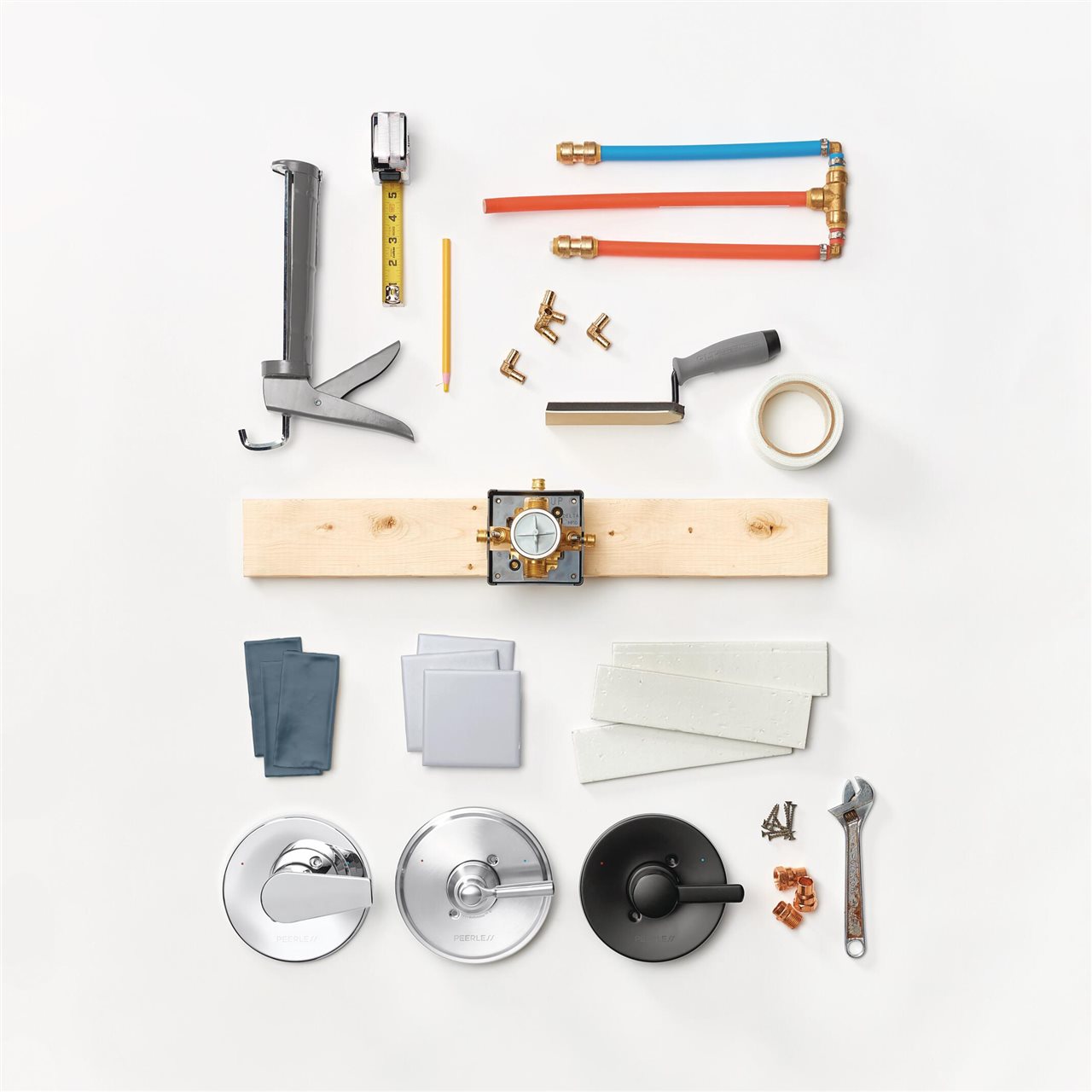
Peerless® designs user-friendly products that make installation a breeze while also allowing for flexibility. For example, in the bath, the Multichoice Universal Valve offers the ability to update shower fixtures without altering the plumbing behind the wall. It also pairs with all shower trims across the Delta Faucet Company portfolio if updating them is ever desired.
Putting It into Action
Cost planning is a critical component for a successful multifamily project. Trade professionals can select high-quality materials to create savings not only for contractors but for future homeowners. Additionally, identifying plumbing that’s easy to install and modify will future-proof the build and allow tenants the ability to renovate or swap fixtures as they’d like. Contractors should also ensure that the brands they are selecting are backed with extensive warranties to protect their investment and the livelihoods of those who will be living in the finished units. Professionals should give these cost-effective products and services a gander for their next tasks; cross-reference plans and you’re sure to identify savings for your next multifamily or commercial project.
